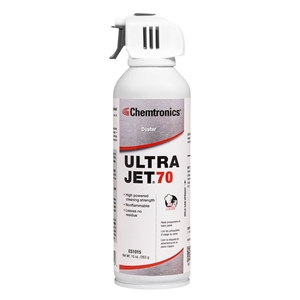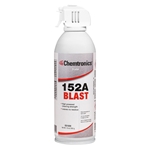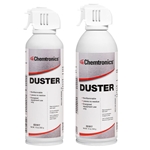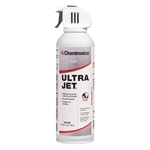
Ultrajet 70
Powerful, economical air duster with a BIGGER blast than competitive dusters
Ultrajet® 70 is an economical general-purpose air duster with a new BIGGER blast for electronic applications. Its exceptional purity jet instantly cleans surfaces free of particulate contamination. Ultrajet® 70 is engineered to remove dirt, dust, oxide particles and other airborne particles instantly, and can be used to facilitate the accelerated drying of solvent cleaners.
New improved formula with lower global warming. (click link for more info)
Features & Benefits
- Nonflammable
- High powered cleaning strength
- Bigger blast than competitive dusters
- Zero VOC
- Filtered to 0.2 microns
- Leaves no residue
- Safe on plastics
Applications
- Cleaning particles from contacts and relays
- Removing debris from precision optics
| TDS | |
| REGS | |
| SDS | |
| Categories |
| Shelf Life | 10 yrs. |
|---|---|
| Specs | Fed Spec A-A-58060, ARI Standard 700, App. C |
| Call-outs | GM (ES1015) - 199987 |
Related Products
You did not finish submitting your information to request a sample




